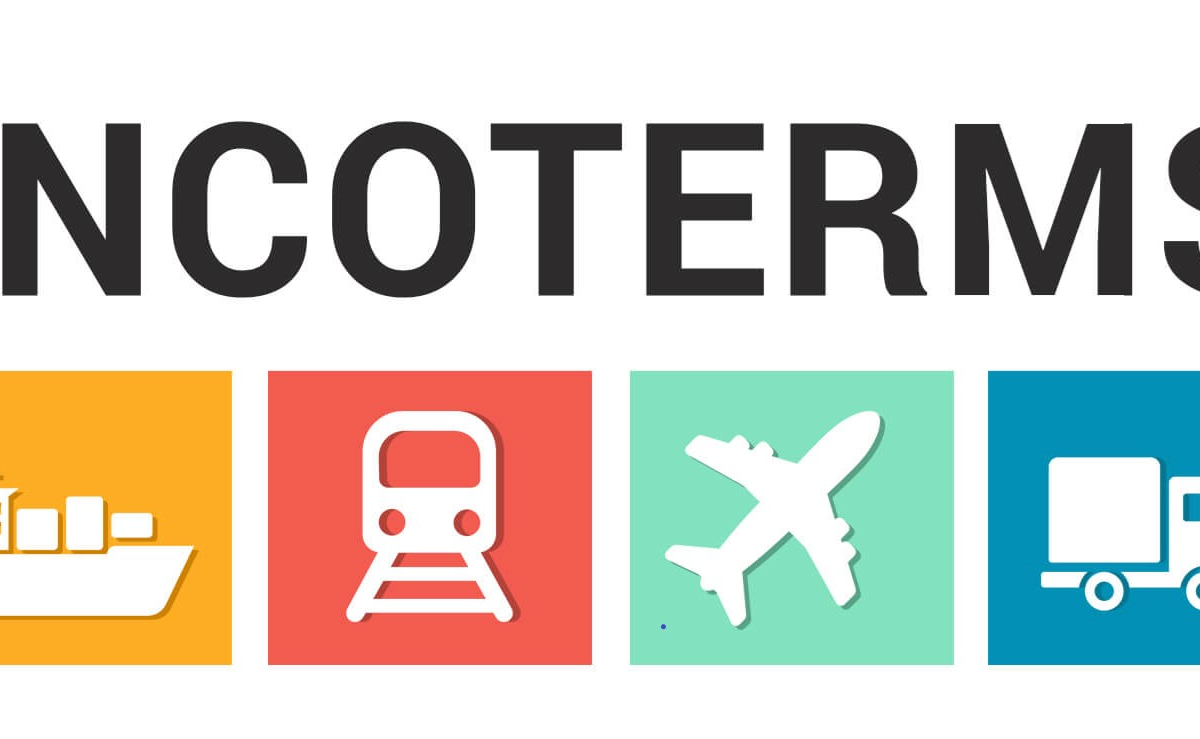
Mexico’s Trade Rules, a Global Container Crunch, and Economic Surprises Shape Global Commerce
Recent developments in global commerce highlight the interconnectedness of trade policies, shipping logistics, and economic growth. On one hand, Mexico is tightening its import regulations. At the same time, a worldwide container shortage is creating shipping disruptions. Ultimately, Mexico’s economy is showing some surprising growth trends. Together, these stories underscore the need for adaptability in today’s dynamic business environment.
Mexico Tightens Rules on “Regla Octava” Imports
Mexico’s Ministry of Economy (SE) has proposed new criteria for the temporary importation of “sensitive goods” under the Regla Octava (8th rule). The rule previously allowed companies with specific IMMEX and PROSEC authorizations to import goods like steel and aluminum. They used these goods for purposes such as expanding a plant or replacing equipment. However, the SE has discovered several compliance issues. For instance, they found a lack of control over imports, difficulty tracing goods, and discrepancies in customs declarations. Consequently, the SE determined that companies can no longer use the 8th rule for these sensitive goods. This change emphasizes that companies must, therefore, maintain strict compliance with all regulations to avoid penalties and disruptions.
A Global Container Crunch Drives Up Shipping Costs
The global trade industry is experiencing a significant container crunch, which is driving a dramatic increase in ocean freight rates. This is a result of a perfect storm of factors. First, the peak shipping season has begun. Furthermore, vessels are taking longer transit times to avoid the Red Sea. Finally, adverse weather in Asia is causing additional delays.
Ocean carriers are, therefore, skipping ports to maintain their schedules. As a result, they are not picking up empty containers, which has led to a shortage. Consequently, freight spot rates have surged about 30% in just a few weeks. Experts warn that rates could continue to climb, which would ultimately impact consumer prices. In fact, the situation brings back memories of the shipping chaos seen during the COVID-19 pandemic.
Unexpected States Lead Mexico’s Economic Growth
In a surprising economic turn in 2023, states not typically considered major powerhouses led Mexico in economic growth. For example, Quintana Roo, Oaxaca, and San Luis Potosí recorded the strongest growth. In fact, they all surpassed the national average of 3.2%.
- Quintana Roo’s economy grew by 10.2%. Its growth came from tourism and large public investment projects, such as the Maya Train and the Tulum airport.
- Oaxaca’s economy expanded by 8.3%. Its growth was fueled by tourism, government social programs, and public investment.
- San Luis Potosí achieved 7.9% growth. This growth was due to its strong manufacturing sector and significant foreign investment from companies like BMW.
The practice of nearshoring is a key driver of Mexico’s broader economic success. Nearshoring, which involves relocating business operations to a nearby country, has made Mexico a more attractive destination for foreign investment. Consequently, this practice is expected to add an additional 3% to Mexico’s GDP over the next five years, creating new jobs and solidifying the country’s role as a major global manufacturing hub.



